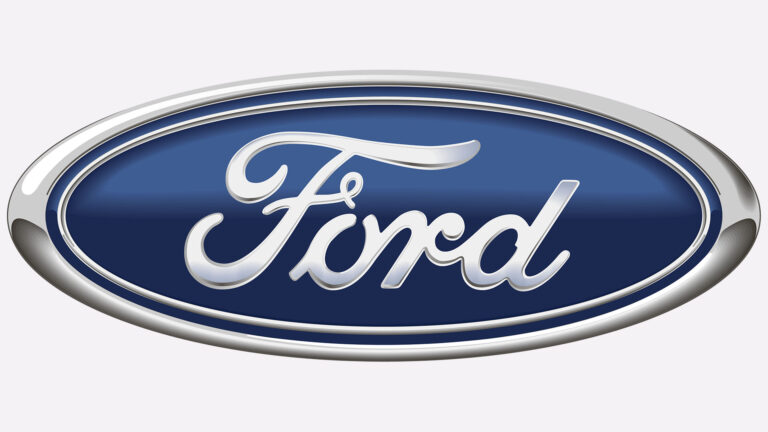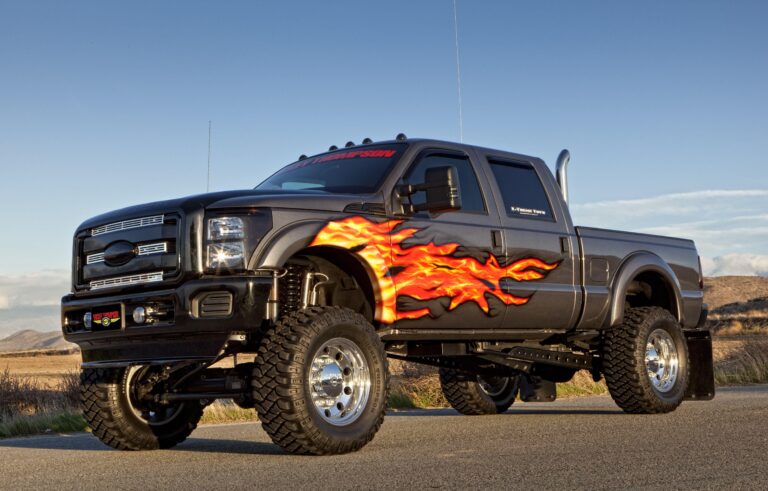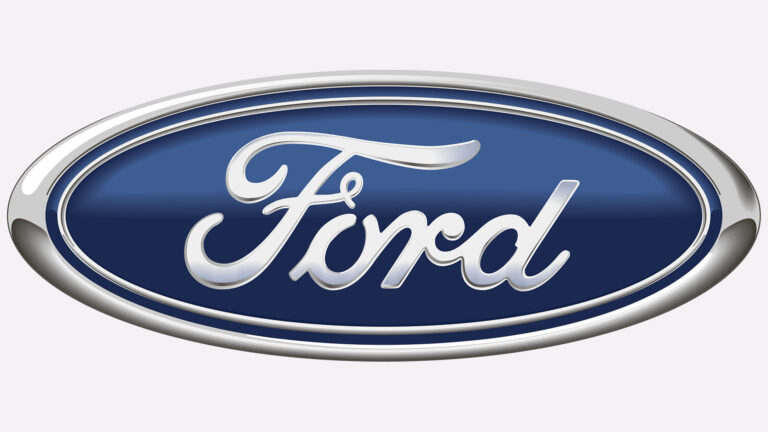90’s Chevy Trucks For Sale: A Comprehensive Buyer’s Guide
90’s Chevy Trucks For Sale: A Comprehensive Buyer’s Guide cars.truckstrend.com
In the vast landscape of automotive history, few vehicles command the enduring appeal and rugged charm of the 90s Chevy truck. From bustling city streets to sprawling rural landscapes, these workhorses defined an era, blending reliability with a quintessential American aesthetic. Today, as nostalgia for the analog age intensifies, the market for 90s Chevy trucks for sale is booming, attracting everyone from first-time truck owners and DIY enthusiasts to serious collectors and customizers. This comprehensive guide will delve into what makes these trucks so desirable, what to look for when buying, and how to navigate the exciting journey of owning a piece of 90s Americana.
Why the Enduring Appeal of 90’s Chevy Trucks?
90’s Chevy Trucks For Sale: A Comprehensive Buyer’s Guide
The 1990s marked a significant period for Chevrolet trucks, primarily with the GMT400 platform, which ran from 1988 through 2000. These trucks were a masterclass in design and engineering for their time, offering a blend of robust capability and surprising comfort. Their distinctive square-body-meets-rounded-edge styling has aged gracefully, creating a timeless look that resonates with many.
Beyond aesthetics, 90s Chevy trucks are celebrated for their:
- Reliability and Durability: Built with simpler, more mechanical systems compared to modern vehicles, these trucks are often easier to diagnose and repair. Their powertrains, especially the ubiquitous small-block V8s, are renowned for longevity.
- Affordability: While prices are rising, a 90s Chevy truck still offers incredible value for money, whether you’re seeking a dependable daily driver, a weekend project, or a robust work truck.
- Ease of Maintenance: A vast aftermarket parts supply, coupled with straightforward mechanics, makes these trucks a favorite among DIYers. Most repairs can be tackled with basic tools and a service manual.
- Customization Potential: The GMT400 platform is a blank canvas for customization. From simple lift kits and wheel upgrades to engine swaps and full restorations, the possibilities are endless, allowing owners to truly make the truck their own.
- Nostalgia and Character: For many, these trucks evoke memories of a simpler time, representing a blend of utility, freedom, and a distinctly American spirit.

Key Models and Configurations to Consider
When searching for 90s Chevy trucks for sale, you’ll encounter a variety of models and configurations, each suited for different needs:
- C/K 1500 (Half-Ton): The most common and versatile, the 1500 series offers a balance of capability and everyday drivability. Available in regular cab, extended cab, and crew cab (later years), with short or long beds. The "C" denotes 2WD, while "K" indicates 4WD.
- C/K 2500 (Three-Quarter Ton) & 3500 (One-Ton): These heavy-duty variants are built for serious work, offering higher payload and towing capacities. They often feature larger engines (like the 7.4L big block or 6.5L diesel) and stronger transmissions (like the 4L80E). The 3500 series includes dually configurations for maximum stability with heavy loads.
- Tahoe / Suburban: While technically SUVs, these truck-based vehicles share the GMT400 platform and many mechanical components with the pickups. They offer enclosed cargo space and seating for more passengers, making them popular alternatives for those who need SUV utility with truck ruggedness.
- S-10 / Sonoma: Chevrolet’s compact pickup offering during the 90s. The S-10 (and its GMC counterpart, the Sonoma) provides a smaller, more fuel-efficient option, popular for lighter duties, city driving, and custom builds like street trucks.
Powertrain Prowess: Engines and Transmissions
The heart of any 90s Chevy truck lies in its powertrain. Understanding the options is crucial for making an informed purchase:
Engines:
- 4.3L V6: Standard in many 1500 and S-10 models, offering decent fuel economy and adequate power for light duty. Reliable but can feel underpowered in heavier trucks.
- 5.0L (305 cu in) V8: A smaller small-block, common in 1500s. Good for general use, but less common than the 5.7L.
- 5.7L (350 cu in) V8: The legendary "350," the most prevalent and arguably the most reliable engine. Initially Throttle Body Injection (TBI) and later upgraded to the more powerful and efficient Vortec (Sequential Fuel Injection) in 1996. A workhorse known for its longevity and abundant aftermarket support.
- 7.4L (454 cu in) V8 (Big Block): Found in 2500/3500 series trucks, this engine is a torque monster designed for heavy towing and hauling. Less fuel-efficient but incredibly powerful.
- 6.5L Turbo Diesel: Offered as an alternative to the gasoline V8s, particularly in heavy-duty models. Known for strong low-end torque but can have issues with cooling and PMD (Pump Mounted Driver) failures.
Transmissions:
- Automatic:
- 4L60E: The most common automatic, paired with V6 and small-block V8s in 1500 series trucks. Generally reliable but can wear out over high mileage or with heavy abuse.
- 4L80E: A much heavier-duty automatic, typically found behind 5.7L and 7.4L V8s in 2500/3500 series trucks. Built for towing and hauling, it’s a robust transmission.
- Manual:
- NV3500 (5-speed): Common in 1500 series.
- NV4500 (5-speed): A heavy-duty manual found in 2500/3500 trucks, highly sought after for its durability.
What to Inspect Before Buying: A Pre-Purchase Checklist
Buying a 90s Chevy truck requires careful inspection, as most examples will have accumulated significant mileage and wear. Bring a flashlight, a magnet, and an OBD-I/II scanner if possible.
- Rust: The biggest enemy. Check:
- Cab Corners and Rocker Panels: Common rust spots due to trapped moisture.
- Wheel Arches and Bed Sides: Especially behind the wheels.
- Frame: Look for excessive surface rust, pitting, or worse, rot, particularly around suspension mounting points and crossmembers.
- Brake Lines and Fuel Lines: Often run along the frame and are susceptible to rust, leading to dangerous leaks.
- Engine:
- Leaks: Look for oil, coolant, or power steering fluid leaks. Pay attention to the rear main seal and valve covers.
- Smoke: Blue smoke (oil burning), white smoke (coolant burning), black smoke (rich fuel mixture).
- Sounds: Ticks, knocks, or unusual noises. Listen for lifter noise (common in Vortec engines).
- Compression/Power: Test drive for adequate power and smooth acceleration.
- Transmission:
- Fluid: Check fluid level and condition (should be reddish, not dark brown or burnt smelling).
- Shifting: Listen for clunks, hard shifts, or slipping. Test all gears, including reverse.
- 4WD System (if applicable): Engage 4-high and 4-low, listen for noises, ensure it engages smoothly.
- Suspension and Steering:
- Play: Check for excessive play in the steering wheel.
- Bushings: Inspect control arm bushings, tie rod ends, and ball joints for wear.
- Shocks: Look for leaks or excessive bounce.
- Brakes:
- Pedal Feel: Should be firm, not spongy.
- Rotor/Pad Wear: Visually inspect.
- ABS Light: If illuminated, investigate the cause.
- Interior and Electrical:
- Dashboard: Check for cracks, especially around the speaker grille.
- Seats: Look for rips or excessive wear.
- Headliner: Sagging is common.
- All Electronics: Test windows, locks, radio, AC/heat, lights, gauges.
- Odometer: Ensure it’s working (some older digital units fail).
Common Issues and Solutions
Even well-maintained 90s Chevy trucks can have recurring issues:
- Fuel Pump Failure: A common culprit, often due to age and ethanol in modern fuel. Solution: Replace with a high-quality aftermarket unit. Consider upgrading the wiring harness.
- Rust: As mentioned, pervasive. Solution: Address early with rust converters and prevention, or professional bodywork for severe cases.
- Brake Line Rust: Critical safety issue. Solution: Proactive inspection and replacement with new steel or upgraded stainless steel lines.
- Vortec Intake Manifold Gasket Leaks: Can lead to coolant or oil leaks. Solution: Replace gaskets, often a DIY job.
- 6.5L Diesel PMD Failure: The Pump Mounted Driver (PMD) unit on the fuel injection pump is heat-sensitive. Solution: Relocate the PMD to a cooler location (e.g., bumper or fender well) with a heatsink kit.
- Sagging Headliners: Common due to adhesive breakdown. Solution: DIY re-upholstery kit or professional replacement.
- Clear Coat Peeling: Especially on red and black trucks. Solution: Full repaint or embrace the "patina" look.
Where to Find 90’s Chevy Trucks For Sale
- Online Marketplaces: Craigslist, Facebook Marketplace, eBay Motors, Autotrader, CarGurus. These offer the widest selection.
- Specialty Truck Dealers/Restorers: Some dealerships specialize in classic or vintage trucks, often offering higher-quality, pre-inspected, or even restored examples, but at a premium.
- Auctions: Online (Bring a Trailer, Mecum) or local live auctions can yield good deals, but require quick decision-making and thorough pre-inspection.
- Word of Mouth/Local Ads: Don’t underestimate local classifieds, community boards, or simply asking around. Sometimes the best deals are found off the beaten path.
Practical Advice and Actionable Insights
- Set a Realistic Budget: Factor in not just the purchase price, but also potential repair costs, insurance, and registration. Older vehicles often require more TLC.
- Prioritize Your Needs: Do you need a daily driver, a work truck, or a show truck? This will dictate the condition and price range you should target.
- Get a Pre-Purchase Inspection (PPI): If you’re not mechanically inclined, pay a trusted mechanic to inspect the truck before buying. It’s a small investment that can save you thousands.
- Check the VIN: Use online VIN decoders to verify the truck’s original specifications (engine, transmission, trim) and check for accident history (CarFax/AutoCheck).
- Don’t Rush: The right truck is out there. Be patient and don’t settle for the first one you see, especially if it has significant issues.
- Join Forums/Groups: Online communities (Facebook groups, dedicated forums) for GMT400 trucks are invaluable resources for advice, troubleshooting, and finding parts.
Estimated Price Range for 90’s Chevy Trucks For Sale
The price of a 90s Chevy truck varies dramatically based on condition, mileage, specific model/trim, engine, and geographical location. The table below provides general estimates, but always remember to research local market values.
| Model/Series | Condition: Fair (Needs Work) | Condition: Good (Solid Driver) | Condition: Excellent/Restored |
|---|---|---|---|
| C/K 1500 (V6/Small Block) | $2,000 – $5,000 | $5,000 – $12,000 | $12,000 – $25,000+ |
| C/K 2500/3500 (Heavy Duty) | $2,500 – $6,000 | $6,000 – $15,000 | $15,000 – $30,000+ |
| Tahoe/Suburban (2-door/4-door) | $2,000 – $5,500 | $5,500 – $13,000 | $13,000 – $28,000+ |
| S-10/Sonoma | $1,500 – $4,000 | $4,000 – $9,000 | $9,000 – $20,000+ |
| Specialty Models (e.g., 454SS) | $8,000 – $15,000 | $15,000 – $30,000+ | $30,000 – $60,000+ |
Note: "Fair" condition indicates a truck that runs and drives but has significant cosmetic flaws, rust, or mechanical issues needing immediate attention. "Good" condition refers to a solid, reliable driver with minor imperfections. "Excellent/Restored" implies a show-quality truck, either meticulously maintained original or professionally restored.
Frequently Asked Questions (FAQ)
Q: Are 90s Chevy trucks reliable?
A: Yes, generally. Their simpler mechanical systems and robust components make them highly reliable, especially the gasoline V8 engines. Regular maintenance is key, as with any older vehicle.
Q: What’s the best engine to look for in a 90s Chevy truck?
A: For most users, the 5.7L Vortec V8 (1996-1999) is highly recommended due to its excellent balance of power, reliability, and fuel efficiency (for its era). The 7.4L big block is ideal for heavy towing, and the 6.5L diesel can be good if its common issues are addressed.
Q: Are parts still available for 90s Chevy trucks?
A: Absolutely! Thanks to their popularity and the vast number produced, aftermarket and OEM parts are readily available at auto parts stores, online retailers, and salvage yards.
Q: How much do 90s Chevy trucks cost to insure?
A: Insurance costs vary based on your location, driving record, and the specific model. Generally, older vehicles can be cheaper to insure, but if you plan to restore it or it’s a specialty model, consider classic car insurance, which might offer better rates and agreed-upon value coverage.
Q: Can 90s Chevy trucks tow heavy loads?
A: Yes, especially the 2500 and 3500 series trucks with the 7.4L V8 or 6.5L diesel engines. Properly equipped, these trucks can tow significant weight, though always check the specific truck’s Gross Vehicle Weight Rating (GVWR) and Gross Combined Weight Rating (GCWR).
Q: What’s the difference between C and K series trucks?
A: The "C" designation indicates a two-wheel-drive (2WD) truck, while "K" denotes a four-wheel-drive (4WD) truck.
Conclusion
The hunt for 90s Chevy trucks for sale is more than just a transaction; it’s an embarkment on a journey into a rich automotive legacy. These trucks represent a sweet spot in automotive history – old enough to be simple and charming, yet modern enough to be practical and comfortable. With their enduring good looks, robust powertrains, and extensive aftermarket support, a 90s Chevy truck offers a rewarding ownership experience, whether you’re seeking a dependable workhorse, a canvas for customization, or simply a nostalgic ride down memory lane. By following the advice in this guide, you’ll be well-equipped to find the perfect GMT400 that will serve you faithfully for years to come.





